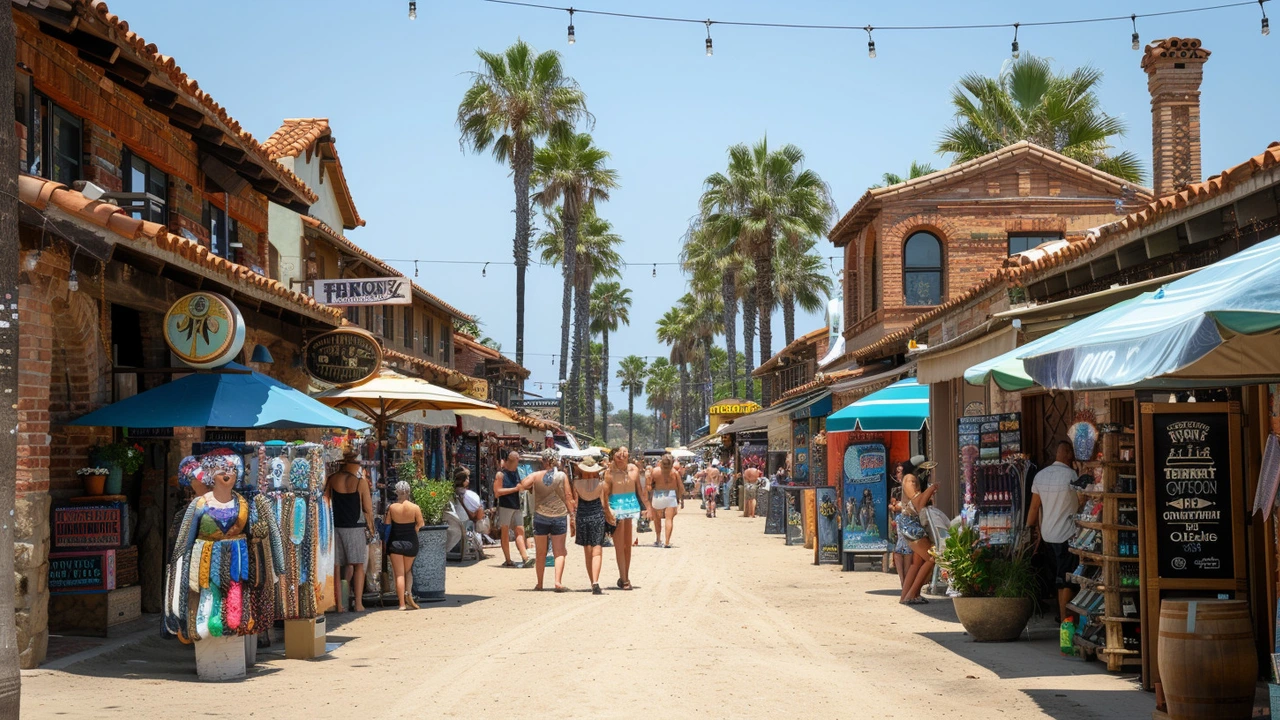Art journey: practical steps to actually get better
You don’t need a lightning-bolt talent to start an art journey. What really moves you forward is a clear plan, small daily practice, and projects that stretch you just enough. This page shows concrete actions you can take today—no fluff, no vague promises.
First, pick one clear focus for a month. Want better portraits, stronger compositions, or looser abstract pieces? Narrowing your goal helps you choose the right exercises, references, and projects. For example, if photorealism excites you, study lighting and edges; if Bauhaus style interests you, work on clean shapes and balance. Keep a short note of your monthly goal—one sentence—so it’s easy to remember.
Start small: daily habits that build skill
Consistency beats long, rare bursts. Try 20–30 minutes of focused practice every day. Split that time: 10 minutes of warm-up sketches, 10 minutes on a single technique (shading, color mixing, gesture), and 10 minutes reviewing what went well. Use a sketchbook as a progress log so you can flip back and see real improvement. Don’t aim for finished pieces each session—aim for learning.
Pair practice with short, specific prompts: "10 gestures in 5 minutes," "limit palette to three colors," or "render one eye perfectly." Constraints force choices and speed up learning. Track three things at the end of each week: what improved, what felt stuck, and one small tweak for next week.
Learn from the masters, then make it yours
Copying is a useful study method—recreate a piece to understand decisions about value, color, or composition. Pick work that ties to your monthly focus. Read articles and examples that explain movements and techniques—stuff like photorealism, Abstract Expressionism, Bauhaus, or installation art—and note one idea to test in your work. For instance, recreate a small photorealistic study to learn edges, then simplify that skill into a looser style.
After copying, always change something: color, scale, or subject. That’s when real ideas form. Mix influences—try a Baroque lighting study with a modern composition, or a cubist layout with bright, flat color. This keeps study from becoming imitation and turns it into growth.
Get feedback early. Join local groups, online forums, or follow artists whose work you respect and ask for one thing to improve. Specific questions get better answers: "Is my composition weak? What distracts?" instead of "How is it?"
Last, make projects with real limits: a 7-day series, a small gallery-sized panel, or a public post every Friday. Deadlines and limits force decision-making and produce a body of work you can review. Visit museums, read focused articles on Paul Artistry (topics like Bauhaus, Futurism, or Fluxus can spark new directions), and keep experimenting. Your art journey is a series of small choices—make them deliberate and watch things change.”


